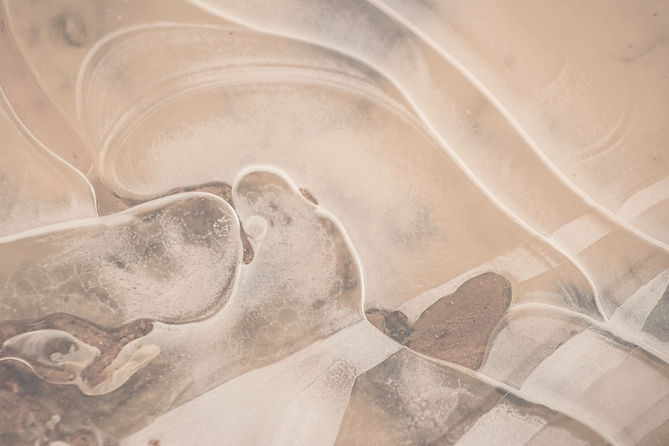
プロジェクトの内容
本プロジェクトの目標は、タンパク質フリー天然ゴムの大量生産技術と同天然ゴムにより製品のプロトタイプ作製技術、生分解技術、廃液処理技術を開発する事であり、これにより年間約6千万トン(※1)のCO2排出を伴う化石資源由来の合成ゴム(約1,400万トン)を天然ゴムへ置き換えるための基盤を構築することである。具体的には、研究題目1「タンパク質フリー天然ゴムの大量生産」において、タンパク質フリー天然ゴムの大量生産技術の確立とタンパク質フリー天然ゴム及びその関連技術の国際標準規格の提案を行う。研究題目2「タンパク質フリー天然ゴム製品の製造」において、タンパク質フリー天然ゴム製品のプロトタイプの作製を行う。研究題目3「天然ゴムの生分解」において、天然ゴム製品の生分解技術の確立を行う。研究題目4「廃水処理技術」において、資源回収型廃水処理の環境保全技術の開発と、持続可能なゴムプランテーションに関する文献調査を行う。また、全体としてタンパク質フリー天然ゴムの製造工程から廃水処理までのプロセス全体から排出される温室効果ガス排出量を評価する。
Project Content
The goal of this project is to develop technologies for the mass production of protein-free natural rubber, prototype production of protein-free natural rubber, biodegradation of used natural rubber, and effluent treatment discharged from the protein-free natural rubber production process. We expected to reduce the Greenhouse gas emission of approximately 60 million tons*1 per year. Specifically, in Research Group 1, "Mass Production of Protein-Free Natural Rubber," we will establish mass-production technology for protein-free natural rubber and propose international standards for protein-free natural rubber and related technologies. Under Research Group 2, "Production of Protein-Free Natural Rubber Products," we will create protein-free natural rubber products prototypes. Under Research Group 3, "Biodegradation of Natural Rubber," establish biodegradation technology for natural rubber products. In Research Topic 4, "Wastewater Treatment Technology," the research group will develop environmental protection technology for resource-recovery wastewater treatment and conduct a literature review on sustainable rubber plantations. In addition, the overall GHG emissions from the entire protein-free natural rubber production process from the manufacturing process to wastewater treatment will be evaluated.
01
タンパク質フリー天然ゴムの大量生産

Mass production of protein-free natural rubber
タンパク質フリー天然ゴムは、アレルゲンフリーの天然ゴム製品の製造やタイヤの燃費向上など、様々な用途での利用が見込まれる。このタンパク質フリー天然ゴムの大量生産技術が確立されれば、合成ゴムに対する天然ゴムの優位性が高まり、合成ゴムから天然ゴムへの置き換えが速まると期待される。
Protein-free natural rubber is expected to be used in a variety of applications, including the production of allergen-free natural rubber products and the improvement of the fuel efficiency of tires. Once the technology for mass production of this protein-free natural rubber is established, the superiority of natural rubber over synthetic rubber will increase, and the replacement of synthetic rubber with natural rubber is expected to speed up.
02
タンパク質フリー天然ゴム製品の製造
Production of protein-free natural rubber products
タンパク質フリー天然ゴムは、加硫に重要な役割を担うタンパク質を完全に除去しているため、天然ゴムの加硫条件を適用することができない。それ故、タンパク質フリー天然ゴムのための加硫配合処方を検討する必要がある。本研究で確立する加硫法は、タンパク質フリー天然ゴムを原料とするアレルゲンフリーの天然ゴム手袋や低燃費タイヤの製造の礎となる重要な技術である
Protein-free natural rubber cannot be subjected to the vulcanization conditions of natural rubber because the proteins that play an important role in vulcanization have been completely removed. Hence, a vulcanization formulation for protein-free natural rubber needs to be considered. The vulcanization method to be established in this study is an important technology that will serve as a cornerstone for the production of allergen-free natural rubber gloves and fuel-efficient tires made from protein-free natural rubber.

03

天然ゴムの生分解
Biodegradation of natural rubber
天然ゴム分解菌によるフラスコスケールでの天然ゴム分解の達成、2) ゴム製品中の配合剤除去に��関わる複数の白色腐朽菌の発見の成果を得た。天然ゴムの生分解に関する既往の知見は乏しかったことから、これらの成果は天然ゴムの生分解技術を実装するための基盤となる。
Achievement of flask-scale degradation of natural rubber by natural rubber-degrading bacteria and 2) discovery of several white rot fungi involved in the removal of compounding agents in rubber products. Given the paucity of previous knowledge on natural rubber biodegradation, these results provide a foundation for implementing natural rubber biodegradation technology.
04
廃水処理技術
wastewater treatment technology
タンパク質フリー天然ゴムの製造工程からは、製造工程で使用する尿素、ドデシル硫酸ナトリウム(SDS)および極性溶媒等を含む廃水が発生する。これは通常の天然ゴム製造工程から排出される廃水とは異なる組成であり、特にSDSと極性溶媒は生物に有害である。本研究課題では、これらの廃水を処理可能な技術開発を行う。
The production process of protein-free natural rubber generates wastewater containing urea, sodium dodecyl sulfate (SDS), and polar solvents used in the production process. The composition of this wastewater is different from that of wastewater discharged from the normal natural rubber manufacturing process, and SDS and polar solvents are especially harmful to microorganisms. In this research project, we will develop a technology that can treat these wastewaters.




